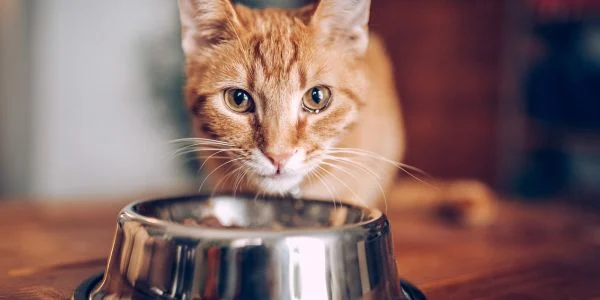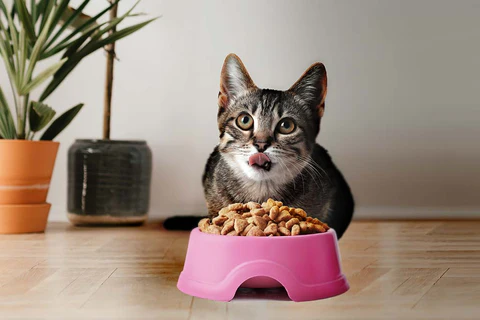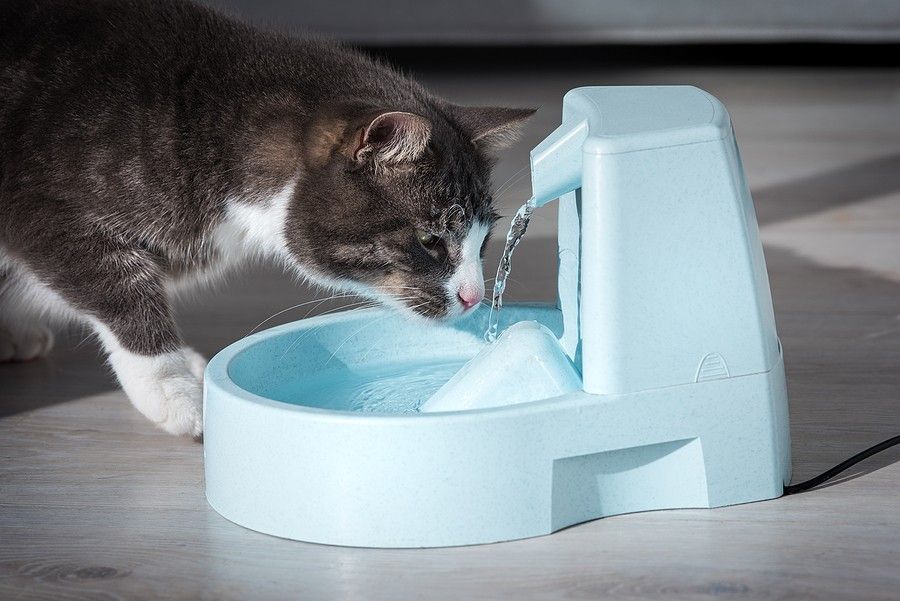Choosing the best water bowl for your cat is more critical than you might think. It’s not just about providing a place for your cat to drink; it’s about ensuring their health, hygiene, and overall well-being. With numerous options available, from ceramic and stainless steel to plastic and even water fountains, making the right choice can be overwhelming. This comprehensive guide will help you understand the various types of cat water bowls, their benefits, and which one might be the best fit for your feline friend.
Problem: The Importance of Choosing the Right Water Bowl
Understanding the Health Implications
Cats are known for their meticulous grooming habits, but when it comes to drinking water, their needs are often overlooked. The type of water bowl you choose can have significant health implications for your cat. Issues such as whisker fatigue, feline acne, and bacterial growth are common problems associated with inappropriate water bowls.
Whisker Fatigue
Whisker fatigue occurs when a cat’s sensitive whiskers repeatedly touch the sides of a bowl. This can cause stress and discomfort, leading to a reluctance to drink water. Cats’ whiskers are highly sensitive, and constant contact with a bowl’s edge can make them avoid drinking, resulting in dehydration and other health issues.

Feline Acne
Plastic bowls, in particular, are known to cause feline acne. The plastic material can harbor bacteria, which can lead to skin infections around the cat’s chin and mouth area. This is a common issue many cat owners face, and it can be easily prevented by choosing the right type of water bowl.
Want to know more, how to take care of your feline friend? check syntobest cat care category.
Harboring Bacteria
Water bowls, if not cleaned regularly, can become breeding grounds for bacteria. This can contaminate the water, leading to gastrointestinal issues in cats. Materials like plastic are more prone to scratching and harboring bacteria compared to stainless steel or ceramic options, which are easier to clean and less likely to harbor harmful pathogens.
Here is some best Cat Bowls that we picked you can trust blindly
Agitation: The Consequences of Ignoring the Problem
Ignoring the importance of selecting the right water bowl can lead to several problems. Not only can it affect your cat’s health, but it can also lead to behavioral changes. Cats may start drinking less water, which can cause dehydration and kidney issues. Moreover, the presence of bacteria and allergens in poorly maintained bowls can lead to more severe health problems, requiring frequent veterinary visits.
Dehydration and Kidney Problems
Cats are naturally low-water drinkers, and any deterrent to their drinking habits can exacerbate this issue. Dehydration can lead to kidney problems, which are common in cats, especially as they age. Ensuring they have access to fresh, clean water in a comfortable bowl is crucial for their health.
Behavioral Changes
When cats experience discomfort or health issues due to their water bowl, they may exhibit changes in behavior. This can include avoiding the water bowl altogether, drinking from alternative sources like faucets or puddles, or even showing signs of stress and anxiety. These behavioral changes can affect their overall quality of life and your relationship with them.
Solution: Finding the Best Water Bowl for Your Cat
To avoid the problems mentioned above, it’s essential to choose the right water bowl for your cat. Here, we will discuss various types of cat water bowls, their benefits, and what to consider when making your choice.
Ceramic Cat Water Bowls
Ceramic bowls are a popular choice among cat owners due to their durability and ease of cleaning. They are dishwasher safe, which ensures thorough cleaning and reduces the risk of bacterial growth. Additionally, ceramic bowls are heavy enough to prevent tipping, making them a stable option for cats.
- Ease of Cleaning: Ceramic bowls are easy to clean, and their non-porous surface doesn’t harbor bacteria like plastic bowls. Regular cleaning in the dishwasher ensures they remain hygienic.
- Durability: These bowls are durable and can last for years. Unlike plastic, they don’t get scratched easily, which helps maintain their cleanliness.
- Weight and Stability: The weight of ceramic bowls prevents them from being easily tipped over by playful cats, ensuring a constant supply of water.
Stainless Steel Cat Water Bowls

Stainless steel bowls are another excellent option. They are resistant to rust and corrosion, making them a long-lasting choice. These bowls are also dishwasher safe and do not harbour bacteria, making them a hygienic option for your cat.
- Hygiene: Stainless steel bowls do not retain odours or bacteria, making them a safe choice for your cat’s drinking water.
- Durability: They are highly durable and resistant to wear and tear. Even with regular use, they maintain their quality.
- Portability: Stainless steel bowls are lighter than ceramic, making them easy to move around and ideal for travel.
Plastic Cat Water Bowls
While plastic bowls are a common choice due to their affordability and variety, they come with several drawbacks. They are prone to scratching, which can harbour bacteria, and may cause allergic reactions or feline acne.

- Affordability: Plastic bowls are often the most affordable option, making them attractive for budget-conscious pet owners.
- Variety : They come in various shapes, sizes, and colours, allowing pet owners to choose a bowl that fits their aesthetic preferences.
- Health Risks: Despite their benefits, plastic bowls can cause health issues like feline acne and are less hygienic compared to ceramic and stainless steel options.
Cat Water Fountains
For cats that prefer running water, cat water fountains are an excellent choice. These fountains provide a continuous flow of fresh water, encouraging cats to drink more and stay hydrated.

- Encourages Hydration: The flowing water mimics natural water sources, which can entice cats to drink more frequently.
- Fresh Water Supply: Water fountains filter and circulate the water, keeping it fresh and clean, reducing the risk of contamination.
- Low Maintenance: Many water fountains come with replaceable filters, making them easy to maintain and ensuring your cat always has access to clean water.
Conclusion
Choosing the best water bowl for your cat involves considering various factors, including material, hygiene, and your cat’s specific needs. Ceramic and stainless steel bowls are generally the best choices due to their durability and ease of cleaning. However, if your cat prefers running water, investing in a cat water fountain can be a great solution.
Avoid plastic bowls to prevent health issues like whisker fatigue and feline acne. By providing your cat with a suitable water bowl, you ensure their health, happiness, and overall well-being.
Ensuring your cat has access to fresh, clean water in a suitable bowl is a simple yet crucial aspect of pet care. Make an informed choice to keep your feline friend healthy and happy.











